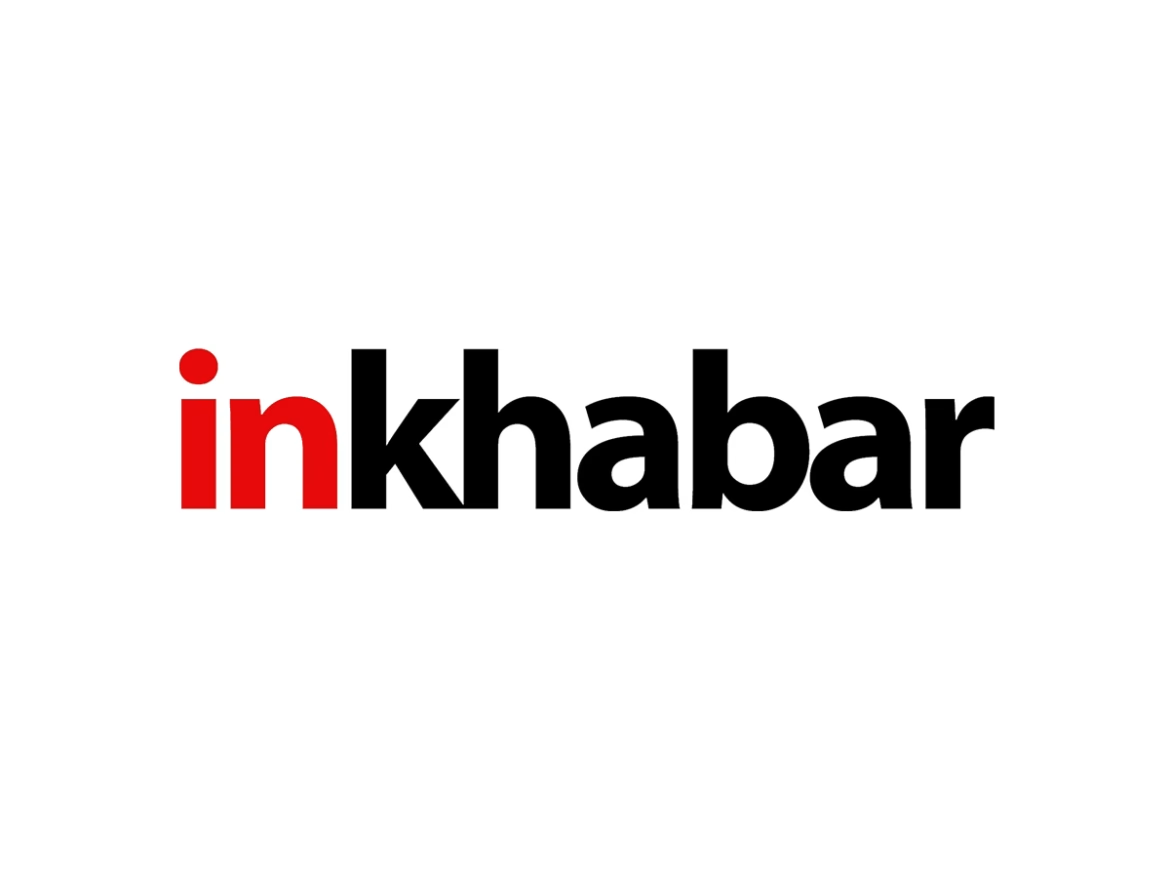(Updates throughout) * Gold topples $4,000 mark, shows no sign of stopping * Political turmoil in France in spotlight, dents euro * Yen at lowest since February; intervention risk rises By Amanda Cooper LONDON, Oct 8 (Reuters) – Global shares rose on Wednesday, as investors latched on to the prospect of lower interest rates, shaking off political drama in France and Japan, while a prolonged U.S. government shutdown catapulted gold beyond $4,000 per ounce for the first time. The prospect of a series of rate cuts from the Federal Reserve and safe-haven demand stemming from economic and political worries have lifted the gold price by 50% this year to above $4,000 an ounce. Traditionally, gold is seen as a store of value during times of instability. This rally, driven by demand from central banks, fund managers and retail traders alike, has had a tailwind of a weaker dollar too. HEDGE EVERYTHING "Funds and global reserve managers want a hedge against fiscal recklessness, currency debasement, and unpredictable government policy, and gold sits squarely at the heart of that movement," said Chris Weston, head of research at Pepperstone. Thierry Wizman, global FX & rates strategist at Macquarie Group, said gold's rally is the collective "hedge" against the prospective failure of Wall Street's AI-driven tech boom. "A collapse of that optimistic 'vision' might trigger an inflationary resolution for the world's sovereign debt overhang, rather than a productivity-based resolution." European stocks edged up 0.4%, as gains in banks and energy stocks helped offset a drop in autos, led by a 7% decline in BMW shares after the German luxury carmaker cut its 2025 earnings forecast. U.S. stock futures were up 0.1-0.25, hinting at more gains in New York later on. In France, caretaker Prime Minister Sebastien Lecornu on Wednesday said a deal could potentially be reached on the country's budget by year-end, making the risk of a snap election more remote. His cautiously optimistic tone helped a modest rally in French bonds, leaving OAT yields down 4.5 basis points on the day at 3.524%, but did little to support the euro, which headed for its third daily loss in a row, trading around one-month lows at $1.1628. "It's another prime minister and it has been pretty volatile," Nina Stanojevic, senior investment specialist at St. James’s Place, said. "It raises two areas of uncertainty – first around fiscal packages being pushed through and whether we get another snap election on the horizon, which would affect French OATs." YEN SLIDES Political shifts have also driven Japan's yen lower this week. The currency has hit eight-month lows as investors await word from prime minister-in-waiting Sanae Takaichi on her plans for spending and the economy. It last fetched 152.40 per U.S. dollar. Takaichi's victory over the weekend has sparked concern among investors about the impact of her preference for lower rates and higher spending on the Bank of Japan, which may struggle to raise interest rates as much as previously expected, which has, in turn, weighed on the yen. The yen is down over 3% this week, on pace for its steepest weekly decline in a year, which has stirred up concern of intervention by Japanese authorities. Hirofumi Suzuki, chief currency strategist at SMBC, said should the yen head towards near 160 within one to two weeks, "FX intervention by the Japanese government would be viewed as more likely". The New Zealand dollar sank nearly 1% after the central bank slashed its benchmark rate by 50 basis points and kept the door open for further easing, suggesting policymakers were worried about the frail state of the economy. The dollar index, which measures the U.S. currency against six others, hit its highest since the end of August, although sentiment remained dim as the shutdown entered its eighth day. The shutdown has also halted the release of a number of key economic reports. Markets show traders still expect the Federal Reserve to cut rates by around 45 bps between now and the end of the year. Oil rose on Wednesday as investors brushed off concerns over excess supply this year. Brent crude futures rose 0.8% to $65.97 a barrel. U.S. West Texas Intermediate crude increased 0.9% to $62.28. (Additional reporting by Dhara Ranasinghe in London and Ankur Banerjee in Singapore; Editing by Sam Holmes and Sharon Singleton)
(The article has been published through a syndicated feed. Except for the headline, the content has been published verbatim. Liability lies with original publisher.)





